December 2, 2022
Employees avoid telling employers about less visible disabilities
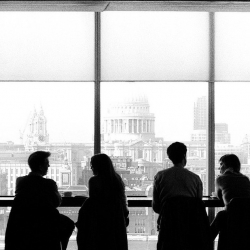 Two in five (43 percent) employees with a less visible disability haven’t disclosed it to their employer, according to a new poll. The research from healthcare provider Bupa claims that not wanting to ‘cause a fuss’ (30 percent) or be treated differently (25 percent) were the key reasons for keeping their condition to themselves. Nearly a quarter of those affected (23 percent) haven’t told their employer about their condition due to worries that they wouldn’t be believed, while one in five (20 percent) expressed concerns that their disability might impact their career opportunities. (more…)
Two in five (43 percent) employees with a less visible disability haven’t disclosed it to their employer, according to a new poll. The research from healthcare provider Bupa claims that not wanting to ‘cause a fuss’ (30 percent) or be treated differently (25 percent) were the key reasons for keeping their condition to themselves. Nearly a quarter of those affected (23 percent) haven’t told their employer about their condition due to worries that they wouldn’t be believed, while one in five (20 percent) expressed concerns that their disability might impact their career opportunities. (more…)





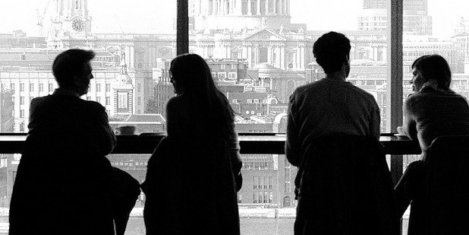
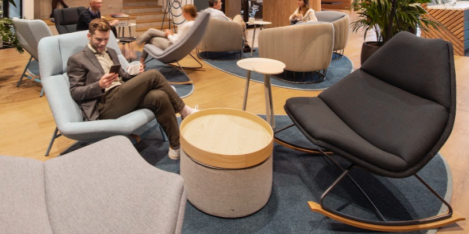
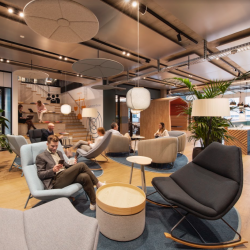

 All of humanity’s problems,” the French scientist and philosopher Blaise Pascal wrote in 1654, “stem from man’s inability to sit quietly in a room alone.” He may have been right, but then again, sitting in a room alone isn’t necessarily a great state of permanent being either. There was a time we used to talk with dismay about the Japanese phenomenon of intense social distancing known as hikikomori. We would consider with horror the isolation, lack of engagement with society, poor mental health and loneliness of the people who had almost completely withdrawn to their rooms. Those poor bastards locked up in enclosed spaces linked to the outside world only by screens.
All of humanity’s problems,” the French scientist and philosopher Blaise Pascal wrote in 1654, “stem from man’s inability to sit quietly in a room alone.” He may have been right, but then again, sitting in a room alone isn’t necessarily a great state of permanent being either. There was a time we used to talk with dismay about the Japanese phenomenon of intense social distancing known as hikikomori. We would consider with horror the isolation, lack of engagement with society, poor mental health and loneliness of the people who had almost completely withdrawn to their rooms. Those poor bastards locked up in enclosed spaces linked to the outside world only by screens. 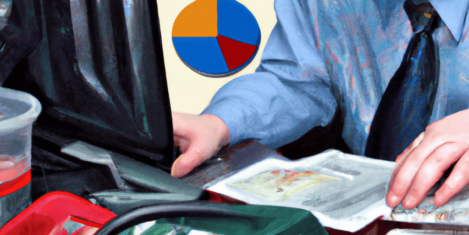
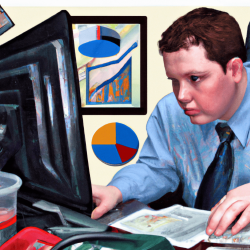
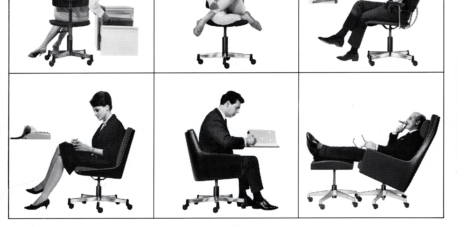
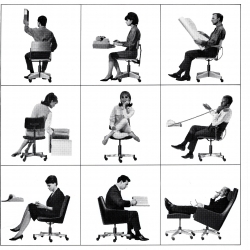










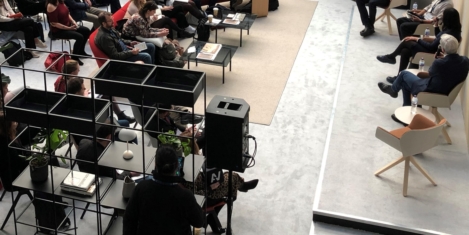
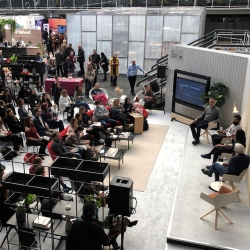









November 23, 2022
The unspoken privilege of wellbeing
by Stephanie Fitzgerald • Comment, SF, Wellbeing